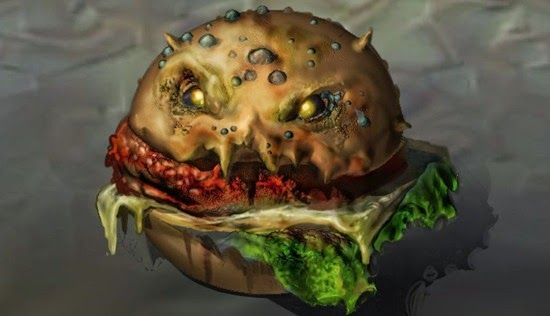
We all know that fast food is, for the most part, anything but “natural.” Not only does it need to have an extraordinarily long shelf life, it also needs to taste as good as it possibly can by the time it reaches your table. And unfortunately, the only way to guarantee that is by adding some frightening-sounding chemicals.
Just about every processed food item contains additives, and while they might have long names that would be more at home in a chemistry textbook than a cookbook, their reasons for being in these foods is fairly easy to explain. For example, sodium benzoate, which can be found in everything from soft drinks to McDonald’s chipotle barbecue sauce, inhibits the growth of mould and yeast, so it’s used as a preservative. Unfortunately, when combined with vitamin C, it creates benzene - a known carcinogen. However, in the small doses found in food, it’s generally accepted to be harmless. Still, it’s not exactly healthy, and Coca-Cola phased it out several years ago just to be safe.
Even fast food items that we assume don’t have loads of chemicals can contain a surprisingly high amount of them. An English muffin from Burger King, for example, contains calcium propionate, potassium sorbate, sodium acid pyrophosphate, monocalcium phosphate, calcium peroxide, azodicarbonamide, and something called caprylic triglycerides. Sounds delicious, doesn’t it?
So read on to learn not only what some of the most frightening-sounding chemicals lurking in your fast food are, but what dishes they’re most commonly found in, what their primary purposes are, and what, if any, potential health dangers they may pose.
1. Azodicarbonamide
The infamous “yoga mat” chemical that Subway was forced to remove from their bread earlier this year can still be found in just about every other fast food chain’s bread, from the buns at McDonald’s and Burger King to Wendy’s pretzel buns. Also known as ADA, it’s a dough conditioner that, when baked, breaks down to a chemical called semicarbazide that’s been found to increase the incidence of tumours when fed at very high levels to female mice, but not male mice or rats. According to the FDA, it poses no threat to humans at the levels it’s currently found in food.
2. Dimethylpolysiloxane
Credit: flickr/theimpulsivebuy
More commonly known as PDMS, dimethylpolysiloxane is a silicon-based synthetic polymer (so plastic, basically) that’s used as an anti-foaming and anti-caking agent and emulsifier in processed foods. It prevents deep-fryer oil from foaming, preserving its shelf life - so many fast food companies, including McDonald’s, add it to their oil. It’s also used to make cosmetics, Silly Putty, shampoos, and industrial oils, but it’s non-toxic at the concentration used in fast-food restaurants, 10 parts per million, according to the FDA.
3. Titanium Dioxide
Credit: flickr/theimpulsivebuy
One of the world’s most commonly made chemicals, titanium dioxide can also be found in McDonald’s honey mustard sauce and Subway’s Seafood Sensation, as a colouring. It also provides whiteness and opacity to thousands of products including paints, plastics, ink, paper, toothpaste, and cosmetics, and is one of the main ingredients in sunblock. It hasn’t been found to have any negative effects when used in small quantities in food, but it can cause cancer when inhaled in its powdered form.
4. Disodium Inosinate and Guanylate
Credit: flickr/Rick Payette
Commonly known as disodium ribotides in the flavour industry (which is a thing), these nucleotides are similar to MSG in that they’re flavour enhancers. Produced by microbial fermentation via tapioca starch, they’re traditionally one of the “natural flavours” that you find on a whole lot of processed food packages. They’ve been fully approved by the FDA for food use, and can be found in everything from Wendy’s chilli to Arby’s chicken tenders and Subway’s chipotle sauce.
5. Sodium Acid Pyrophosphate
Credit: flickr/mhaithaca
This phosphoric acid compound is an edible phosphoric salt that’s used as a leavening agent and inhibitor of food discoloration. It can be found in the biscuits served at Hardee’s as well as everything that’s fried at Burger King, including the French fries (to “preserve natural colour”). While it can cause serious inflammation in super-high concentrations because it’s so acidic, the FDA has approved it in small quantities as a food additive.
6. Sodium Phosphates
Credit: flickr/jumbledpile
These three specific compounds (monosodium, disodium, and trisodium phosphate) are primarily used as emulsifiers (to prevent fat from separating from the rest of a mixture), and can also change the texture as well as boost the shelf life of food. They’re one of the primary ingredients in Arby’s roast beef, as well as in the turkey, ham, and roast beef served at Subway, in Hardee’s Thickburgers, and in KFC’s fried chicken, and are considered to be safe when used as a food additive.
7. Carmine
A more purified version of cochineal extract, this red dye is derived from beetles harvested from cacti and can be found in hundreds of the foods we eat, from chewing gum to soups to yogurt and ketchup. It’s safe for consumption (just like most insects), but if it gives you the heebeegeebies, don’t order the Subway Seafood Sensation, which uses it (as well as titanium dioxide) as a colouring.
8. Calcium Peroxide
Credit: flickr/megadem
This chemical has many uses, including in fertilizer, water disinfectant, and to restore soil and groundwater after oil spills. It’s also a flour bleach and a dough conditioner, which means that it will strengthen dough and provide a good texture to the finished product. Like azodicarbonamide, it’s found in plenty of fast food baked goods, including McDonald’s buns.
9. Monosodium Glutamate
Credit: flickr/stratman2
MSG is probably the best-known flavour enhancer, and also the most misunderstood. It’s a naturally-occurring amino acid, giving an “umami” flavour to lots of foods. Used for more than 100 years to season food, today it’s traditionally produced by extracting amino acids from sugar beets, sugar cane, tapioca, or molasses via fermentation. It’s found in just about every food item at KFC (including the original recipe fried chicken), as well as the fried chicken and sausage at Burger King, but has been taken off of the menu at McDonald’s. While there have been plenty of anecdotal reports of MSG giving people nausea, headaches, flushing, and weakness, these effects have been replicated using a placebo, and researchers have found no link between MSG and these symptoms - though a very small percentage of people may experience a mild MSG reaction.

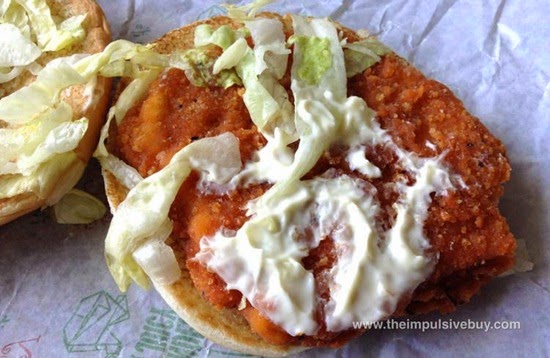

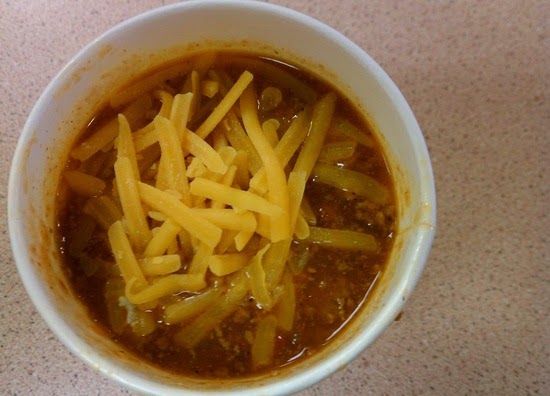

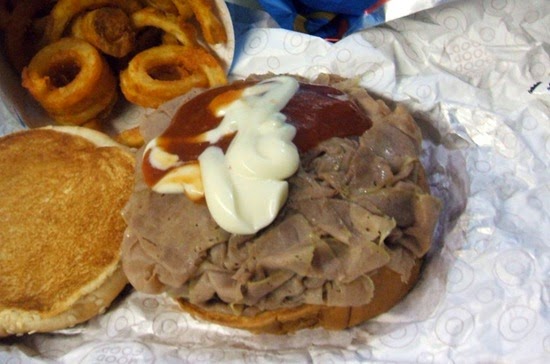
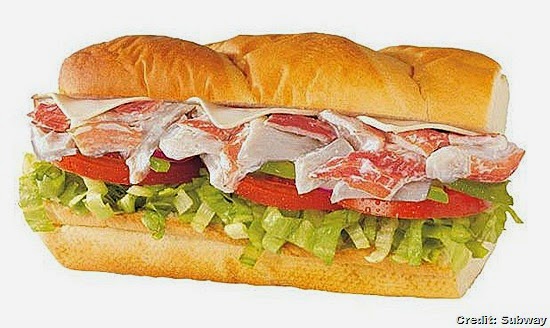

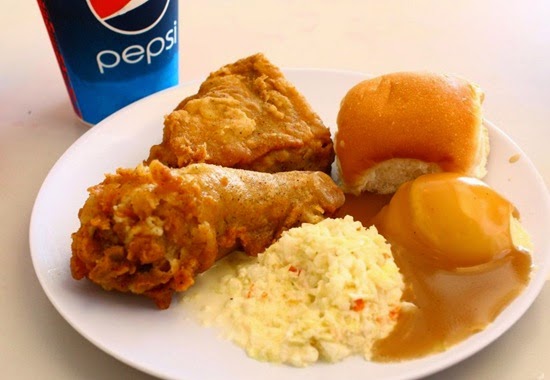
No comments:
Post a Comment
Please adhere to proper blog etiquette when posting your comments. This blog owner will exercise his absolution discretion in allowing or rejecting any comments that are deemed seditious, defamatory, libelous, racist, vulgar, insulting, and other remarks that exhibit similar characteristics. If you insist on using anonymous comments, please write your name or other IDs at the end of your message.